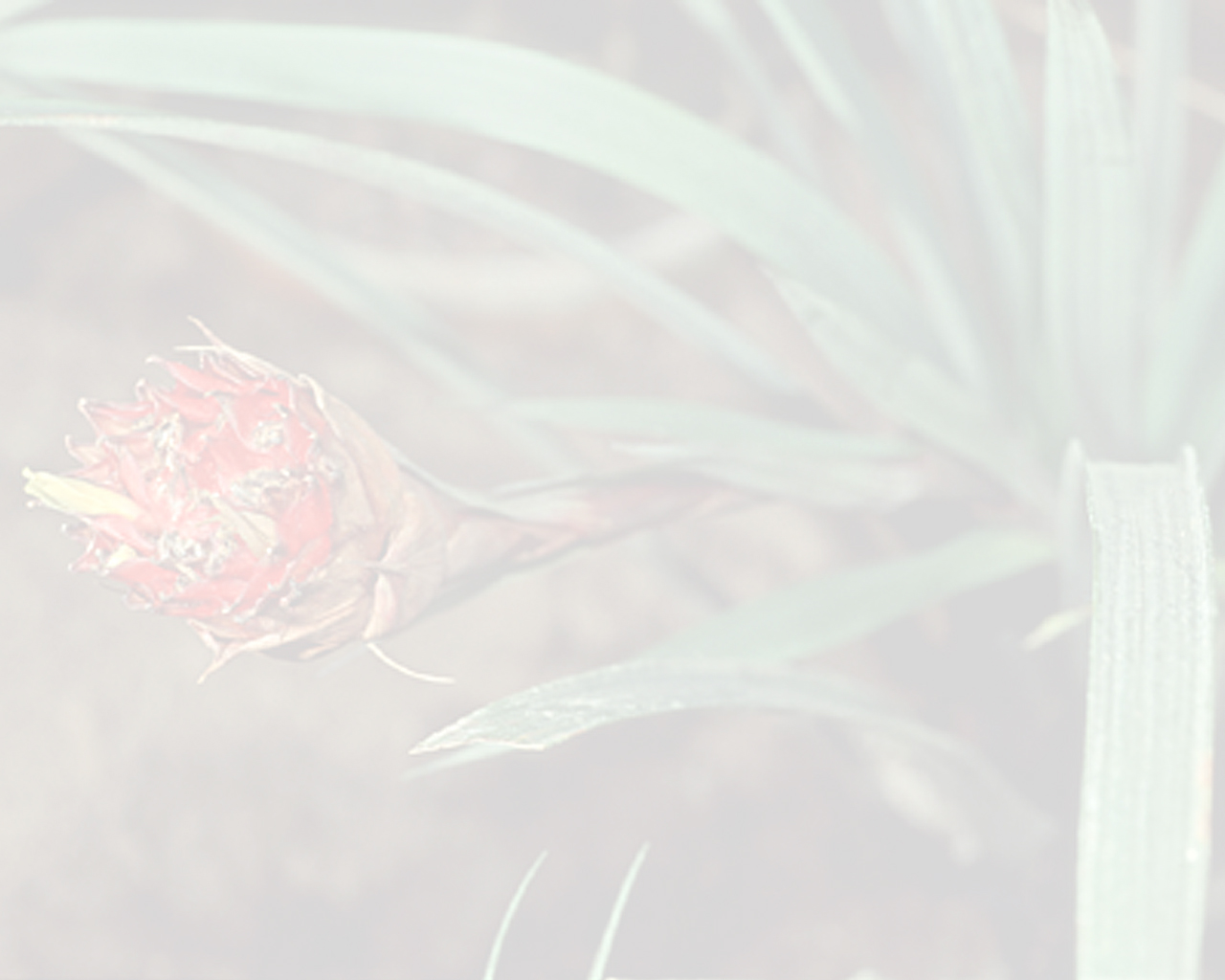Guzmania gloriosa (André) André ex Mez
Literature references:
*move your mouse pointer over the page numbers to see comment
Comments:
- In 1946 when Racine and I went to Colombia to collect bromeliads, the goal before us was that we would retrace, as far as possible, the footsteps of Edouard Andre in his historic plant exploration trip through Colombia and Ecuador in 1875-76.
So far as bromeliads were concerned, Andre had the most fabulous success of any collector that had ever been made. He collected 122 species with fourteen varieties. Ninety-one species of these were later described as new, and the greater number of them have been held as valid.
It was our good fortune to find the majority of the species that he had taken and a considerable number of additional oues besides.
Looking over Andre's list we find that he took seventeen species of Caraguata, four of Sodiroa and one of Guzmania. Today, however, all of these genera are now included in Guzmania. Of the twenty-two species of these Guzmanias, he described twenty-one of them as new. Colombia at that time was virgin territory for bromeliad collectors and by way of contrast I might state that on our trip, seventy-one years later, we collected more than fifty species of Guzmanias and ten of them were new.
One of the most outstanding of all Guzmania species is Guzmania gloriosa and it is little wonder that Andre was greatly thrilled when he first discovered this glorious Guzmania in Ecuador.
We did not go down into Ecuador at that time, but we found G. danielii showiest-of-all Guzmanias fifteen days after our arrival in Colombia. It was up on the Sierra Nevada de Santa Marta, Colombia's highest mountain, 1000 miles from the region near Quito, Ecuador where Andre discovered G. gloriosa. Later, in 1948, when I was alone, I too, found G. gloriosa near Quito in the region where Andre had found it. By contrast, I wished then that he could have seen G. danielii which we had found on Santa Marta; his plant G. gloriosa had been slightly more than three feet high, while ours was just under five feet. Most giant bromeliads of this size are growing on the ground or rocks but I climbed a tree to procure this one. We had to let it down with a rope to keep from breaking it. . . and then we had to carry it over a mile out of the jungle to an open space for a good photograph.
Guzmania gloriosa is a conservative understatement in trying to describe the colors of these two closely related species. ' From the center of a huge rosette of glabrous green leaves which are marked at the base with dark red stripes, rises the inch-thick flower scape to a great height. The stunning scape bracts range from eighteen inches long at the base to six inches at the top. They are brilliant scarlet red with lovely bright green tips and penciled green bases. Hidden close to the stem in the axils of these bracts are the clusters of many short stemmed yellow flowers. The greatest visible difference is in their size.
It was breath-taking, and unless one could actually see G. danielii growing high up in a tree in a mountain rain forest, it would be almost impossible to believe that it could live in such a location. Its giant quarter-inch thick roots clung so tenaciously and securely to the tree that it could only be wrested from its lofty perch even by the use of a good sharp machete.
In July 1876 Andre made the original discovery of his plant and first described it in "Revue Horticole" LX ( 1888) p. 565 and in his own "Bromeliacees" ( Bromeliaceae Andreanae) ( 1889) 48 t. 17 fig. c. as Caraguata gloriosa. Later , Mez in Bull. Herb. Boiss. 2 series III ( 1903) 131, renamed it as Thecophyllum gloriosum. Dr. Smith later pointed out that Mez's first choice was correct, so it remains as G. gloriosa. —See Foster 1955d p. 5(5): 67-68

